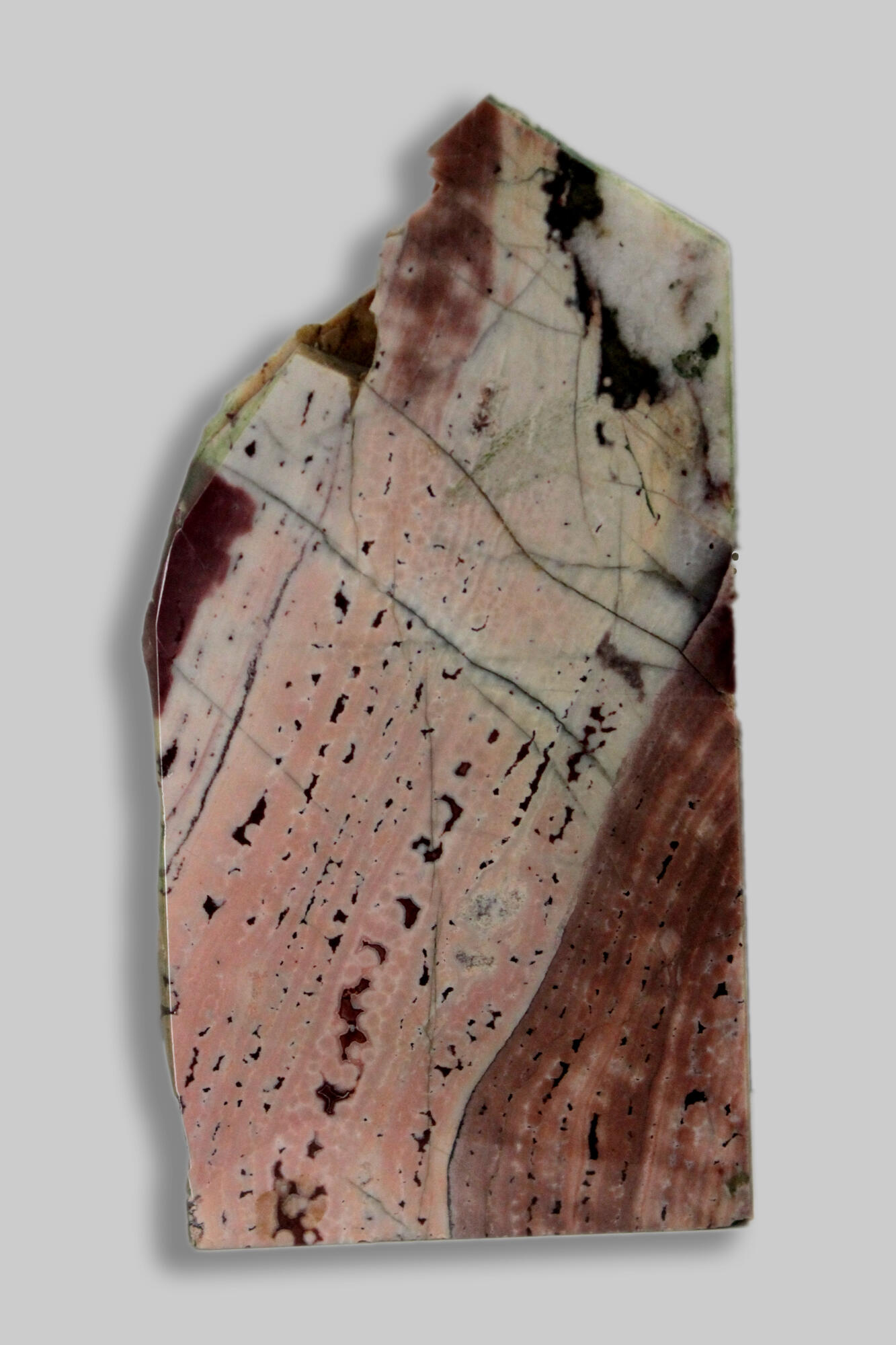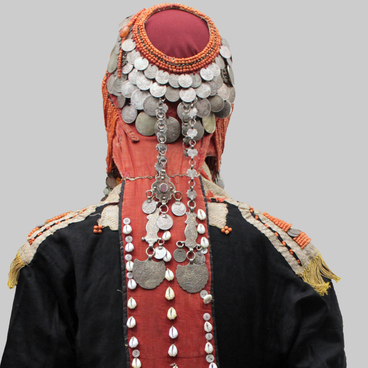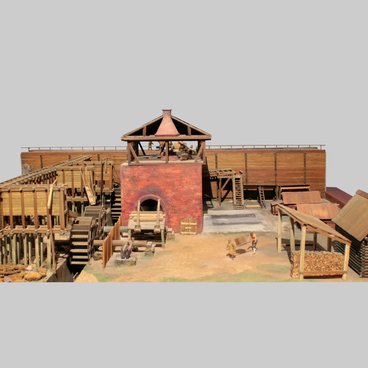Jasper is a semi-precious ornamental stone, a rock, composed mainly of quartz with admixtures of minerals. The high level of hardness for the mineral has taken note of since the Stone Age.
Ancient humans made tools from jasper: hatchets, axes, and arrowheads. In ancient times, seals and amulets were made from jasper, and they supposedly afforded protection from visual impairment and drought.
The name jasper comes from the Greek ‘jaspis’ - a motley or speckled stone. Jasper was formed on the bottom of the ancient seas from sedimentary rock. It sometimes contains fossils of ancient marine animals with a siliceous or calcareous skeleton. Jasper is characterized by a wide variety of structures: massive, maculose, or laminated. The presence of many finely dispersed and unevenly distributed impurities determines the variegation and heterogeneity of the rock’s color. Monochromatic jaspers are rare.
Nowadays, jasper is a popular material for artistic stone carving, and to help make stone mosaics. Care must be taken when sanding and polishing: banded jaspers tend to disintegrate along the boundaries of the layers. In Russia, jasper was very popular under Catherine II, who helped develop the stone cutting industry, and contributed to the creation of several large jasper processing plants. Many works of stone-cutting art from that time are now kept in the Hermitage Museum. Some jasper products, especially those that have a history behind them, can be extremely expensive. For example, at one auction in the 19th century, a box made of green jasper with red veins by Benevuto Cellini was sold by a Rothschild baron for 400,000 gold rubles. All the paintings from the collection of the Russian art collector and patron of the arts, Pavel Tretyakov, were worth almost that much.
Jasper was also used in products made by the Fabergé company, and in particular in its renowned Easter eggs. It is known that among the 88 items made by this company that were purchased by Empress Maria Fedorovna from 1891 to 1898, there were 5 items made of jasper. In 1912, the Faberge company sent a request to the Ekaterinburg Lapidary Factory with an order for a large volume of semi-precious stones. That included Kalkanskaya jasper, Nikolayevskaya jasper, and the most valuable of them all, Orsk jasper.
The name jasper comes from the Greek ‘jaspis’ - a motley or speckled stone. Jasper was formed on the bottom of the ancient seas from sedimentary rock. It sometimes contains fossils of ancient marine animals with a siliceous or calcareous skeleton. Jasper is characterized by a wide variety of structures: massive, maculose, or laminated. The presence of many finely dispersed and unevenly distributed impurities determines the variegation and heterogeneity of the rock’s color. Monochromatic jaspers are rare.
Nowadays, jasper is a popular material for artistic stone carving, and to help make stone mosaics. Care must be taken when sanding and polishing: banded jaspers tend to disintegrate along the boundaries of the layers. In Russia, jasper was very popular under Catherine II, who helped develop the stone cutting industry, and contributed to the creation of several large jasper processing plants. Many works of stone-cutting art from that time are now kept in the Hermitage Museum. Some jasper products, especially those that have a history behind them, can be extremely expensive. For example, at one auction in the 19th century, a box made of green jasper with red veins by Benevuto Cellini was sold by a Rothschild baron for 400,000 gold rubles. All the paintings from the collection of the Russian art collector and patron of the arts, Pavel Tretyakov, were worth almost that much.
Jasper was also used in products made by the Fabergé company, and in particular in its renowned Easter eggs. It is known that among the 88 items made by this company that were purchased by Empress Maria Fedorovna from 1891 to 1898, there were 5 items made of jasper. In 1912, the Faberge company sent a request to the Ekaterinburg Lapidary Factory with an order for a large volume of semi-precious stones. That included Kalkanskaya jasper, Nikolayevskaya jasper, and the most valuable of them all, Orsk jasper.



